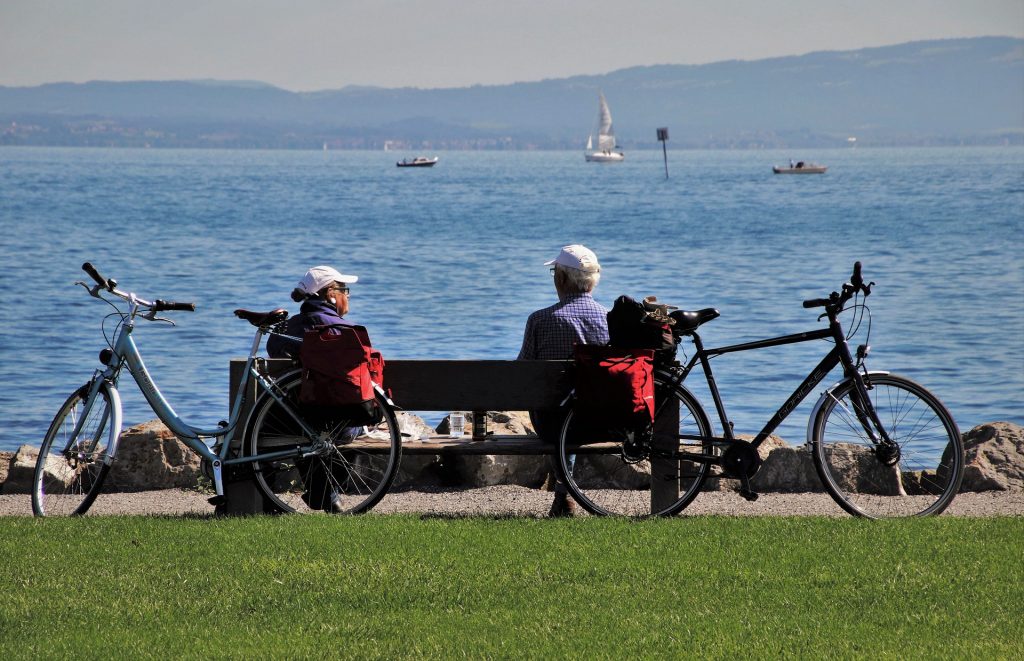Silver Economy, a new business opportunity
As population is ageing, the Silver Economy, dedicated to the elderly in our society, is offering new opportunities and is expected to contribute more and more to our economy.
Europe is ageing. By 2060 one in three Europeans will be over 65. However, demographic change comes with great opportunities. According to the European Commission by 2025, the Silver Economy, dedicated to the elderly in our society, is expected to contribute over 5.7 trillion euros to Europe’s economy.
Silver Economy, a “cross economy”
As its name suggests, the Silver Economy is not simply a “market”, but rather a cross “economy”. As a matter of fact, the population ageing process impacts every market and industry, including home accommodation, transport, food industry, insurance, robotics, health and e-health, communications, internet, sports, leisure, travel.

Development in health and quality of life brought to a rise of life expectation. Ageing in good health allows people to work longer, travel, keep learning new things and eventually live independently for more years. People live therefore longer and healthier, which means that they also keep consuming products and services for longer time as before.
However, their specific needs change with age and industry must adjust with this situation. For this reason, in order to better respond to the ageing population demand, all kind of markets are adapting their products and services to the demographic change investing our society.
The crucial role of technology
Technology helps in the process. For instance, thanks to IOT solutions, older people can continue to live in their homes while their health is being monitored though sensors connected to each other, as we reported in this article. Other solutions can be health mobile applications that assist with tracking, new ICT products such as care robotics as well as new food products developed to match older adults’ nutritional needs.
People talk about “gerontechnology” (a mix of “gerontology” and “technology”), which includes various technical systems and solutions to help the elderly perform basic daily activities and maintain independency, providing therefore a great support also to caregivers who can look after them more easily with the help of technological tools. As a result, the Silver Economy offers new highly skilled tech jobs, but also the opportunity for low qualified population to reskill.
The potential of Silver Economy in Italy
Italy has what it takes to benefit from the new opportunities offered by Silver Economy. First of all its population is ageing. The country has one of the highest percentages in the world of over 65 in comparison to other age groups. This is also due to a lower birthrate in comparison to other European countries.
In 2018 over 65 represented the 22% of the total population. In 2047 they are expected to be the 34%. It is common for over 65 in Italy to work. Every three people working, one is over 65. This is the highest value in Europe, and it is second only to Japan when we consider countries worldwide.
According to a recent study on Silver Economy made by “Centro Studi Confindustria” over 65 generally spend more money and have a better income, more saving and a better financial stability than average people. Population in Italy is ageing, but it is generally ageing well and in quite good health.
Therefore, old adults represent a group of consumers with great potential for the industry, often greater than young adults. Once they have a stable job, young adults tend in fact to consider investing in buying a house, later in life they work to pay back their debt. Only once retired, they have more purchasing power as they have generally extinguished their debt.
How consuming habits change with age?
According to Confindustria study a typical over 65 in Italy owns his house, has enough economical means to support himself and hep his family, has a rich social life, practice sport, goes on holydays. In comparison to ten years ago, the demand of goods he generates is more diverse and significant. Over 60 consume more than under 30 in sector such as housing, food and health.
In comparison to ten years ago, elderly spend more for the internet, which is used by 30% of people between 65 and 74 years old, for cultural activities like theatre, cinema and museums, and for sport. Nowadays over 65 spending amounts to 20% of total families’ spending. In 2030 this is expected to rise up to 25% and in 2050 to 30%.

The importance of lifelong learning
With its population ageing Italy will have to face very soon the problem of how to sustain its elderly. In order to support a growing number of old adults it will be necessary to have more people working, by helping young people to enter into the working market and by reducing early retirement. In order to make sure that over 50 can operate in a market shaped by constant change in technology, education and lifelong learning will be more and more important. Having older people working does not necessarily mean a decrease in productivity as with greater age comes also greater experience.
Next to being profitable for business, as the European Commission points out, the Silver Economy should be connected to a positive and socially inclusive identity for elderly people and should be support by policy and incentives which facilitate the process.



